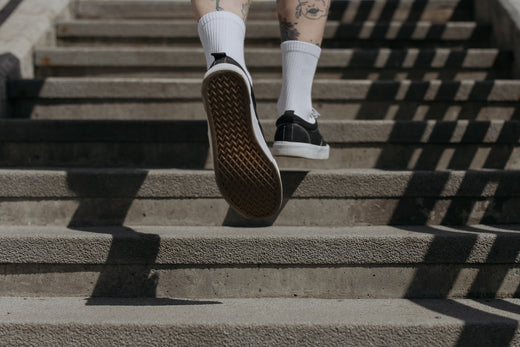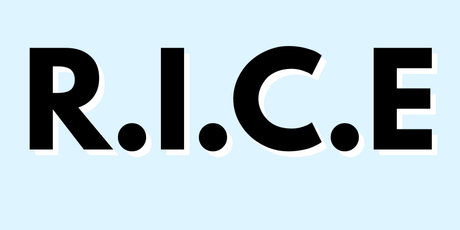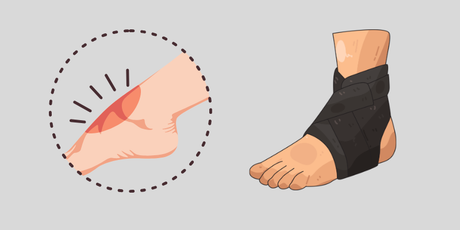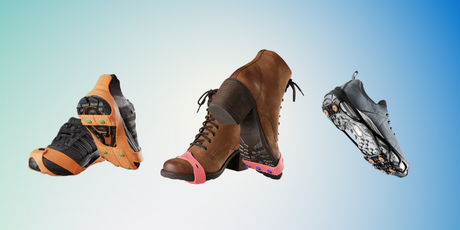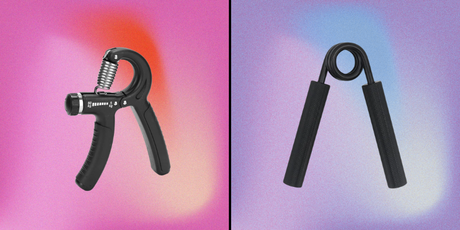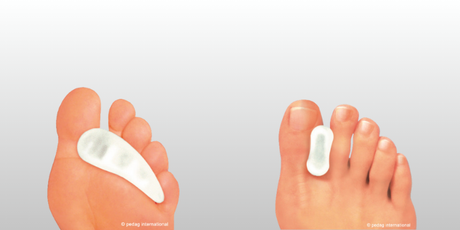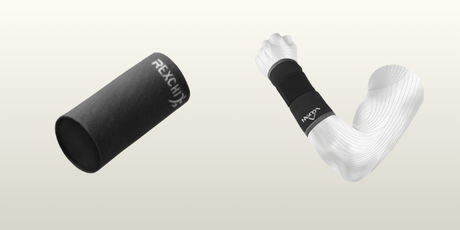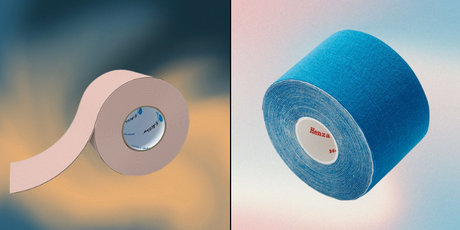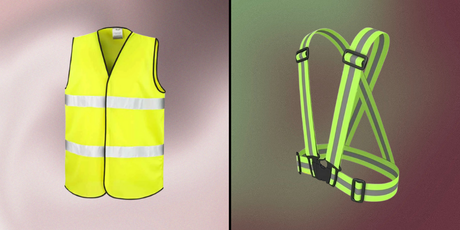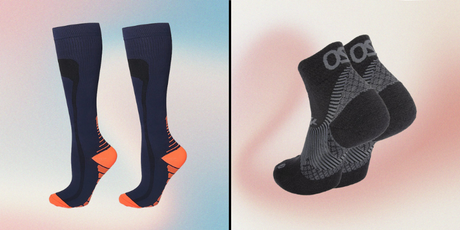Socks are a product that many of us don't think much about. We put on socks in the morning and wear them all day. And then we don't think much more about it. After some time, the sock breaks and we throw it away.
However, socks are actually an ingenious product and although wearing shoes without socks can give you a sense of freedom, in the long run it can lead to foot problems and bad odours.
WHAT IS IT THAT SOCKS DO THAT IS SO GOOD?
1. With socks on your feet, you sweat less.
Our feet have many sweat glands and whether it is hot or not, your feet sweat a lot. Without socks, it is your feet and your shoes that absorb most of the sweat from your feet, which leads to smelly shoes and can cause chafing and blisters when hot, damp feet scrape against your shoes.
Sweaty feet then increase the amount of fungus living on your feet. This is because fungus on your feet loves the dark, moist environment of a pair of sweaty shoes. The symptoms of athlete's foot are quickly apparent, the fungus causes scaly, itchy, cracked and dry skin, especially in the area between the toes.
Wearing a pair of socks on your feet wicks away the moisture and thus reduces the breeding ground for athlete's foot.
2. Socks help you walk in your new shoes.
Wearing new shoes without socks can often cause chafing or blisters. It is therefore not recommended to wear shoes without socks until the shoes have been properly tried on. Feel free to walk around the house with the shoes first and for short periods of time until you feel that they have stretched and adapted to your feet.
3. Socks keep your feet clean.
You are more likely to develop foot problems if you don't wash and dry your feet every day to prevent the build-up of sweat and bacteria. If you use socks, they will help keep your feet dry and therefore clean for longer!
And finally; tips if you still want to walk without socks on your feet:
If you still feel like walking without socks, it's best to have more than one pair of shoes or sandals that you can switch between every day. Shoes need at least 24 hours to dry to stop the spread of mould spores that can cause athlete's foot. Swapping your sandals one day for a closed shoe the next, and vice versa, can help you reduce the incidence of cracked heels and dry skin on your feet.
WHAT TYPE OF SOCK SHOULD I USE?
The type of sock you use will of course depend on your needs and the activity you are going to do. Here we have listed some different types of socks, their function and uses.
SOCKS WITH COMPRESSION
COMPRESSION SOCKS
The theory behind compression socks is that they fit tightly over the ankle, increasing blood circulation. As the blood moves faster, it is oxygenated more efficiently and carries with it so-called waste products. This allows the muscles to recover faster after exercise, and is also very comfortable. Compression socks are available both as long socks and as ankle socks.
SUPPORTIVE SOCKS
Support socks are also a compression sock. The difference from regular compression socks is that support socks have a hard and even pressure while compression socks have varying pressure with the greatest pressure at the ankle to decrease upwards. This means that support stockings have a very good preventive effect against varicose veins, valve failure and blood clots in the legs. However, if you use a support sock while exercising, the pressure on the calf can be too great, which can cause cramps. A simple rule of thumb can therefore be to use compression socks for exercise but support socks for other activities, such as during the working day if you walk and stand a lot or when travelling and sitting for a long time. Many pregnant women find that support stockings do the trick for their tired and swollen legs.
RUNNING SOCKS OR SPORTS SOCKS
The sock is one of the most important garments for those who train, play sports or run. With a pair of sports socks, you can be sure that the socks are breathable and provide the support you need to get the most out of your training.
Socks for training, i.e. sports socks, are more durable and hard-wearing than regular socks but at the same time soft and lightweight to prevent irritation and other foot-related discomfort during training and running. You'll avoid blisters and chafing while staying fresh for longer. Sports socks are always made from materials that allow sweat to pass through and keep your feet dry.
SOCKS WITHOUT COMPRESSION
BAMBOO SOCKS
. In recent years, bamboo socks have become very popular. And it's really no wonder; bamboo socks are a very nice product; they are comfortable, prevent bad odours from your feet and bamboo is also an environmentally friendly material!
The reason why bamboo socks prevent your feet from getting wet and smelling is due to the natural properties of bamboo. Bamboo is very breathable and therefore works antibacterially, which means that sweat and moisture are absorbed and transported away much better than when using, for example, cotton. The antibacterial effect means that bamboo socks do not smell bad or sweat after use because the bacteria that cause the bad odour are killed. Bamboo yarn is also very soft, providing a high level of comfort.
What makes bamboo more environmentally friendly than, for example, cotton is that the cultivation of bamboo is significantly more area-efficient and thus consumes less of the earth's resources.
TOE SOCKS
Toe socks are not so common, but it is a very practical type of sock. It fits softly around the foot and separates the toes from each other. This keeps your feet drier and prevents foot fungus and troublesome blisters. The separated toes are also less likely to creep up and cross each other. Toe socks are often recommended for sufferers of hallux vallgus as they help to keep the foot in place.
ANKLE SOCKS
There is of course a wide range of socks for everyday use. Most often, the socks used for everyday use are ankle socks, made of cotton or wool. Sportsmart's range of non-compression ankle socks is intended to include socks that provide the highest level of comfort.
So to conclude; for the best possible foot health; wear socks as much as possible, keep your socks and feet clean and make sure to alternate between different shoes!
